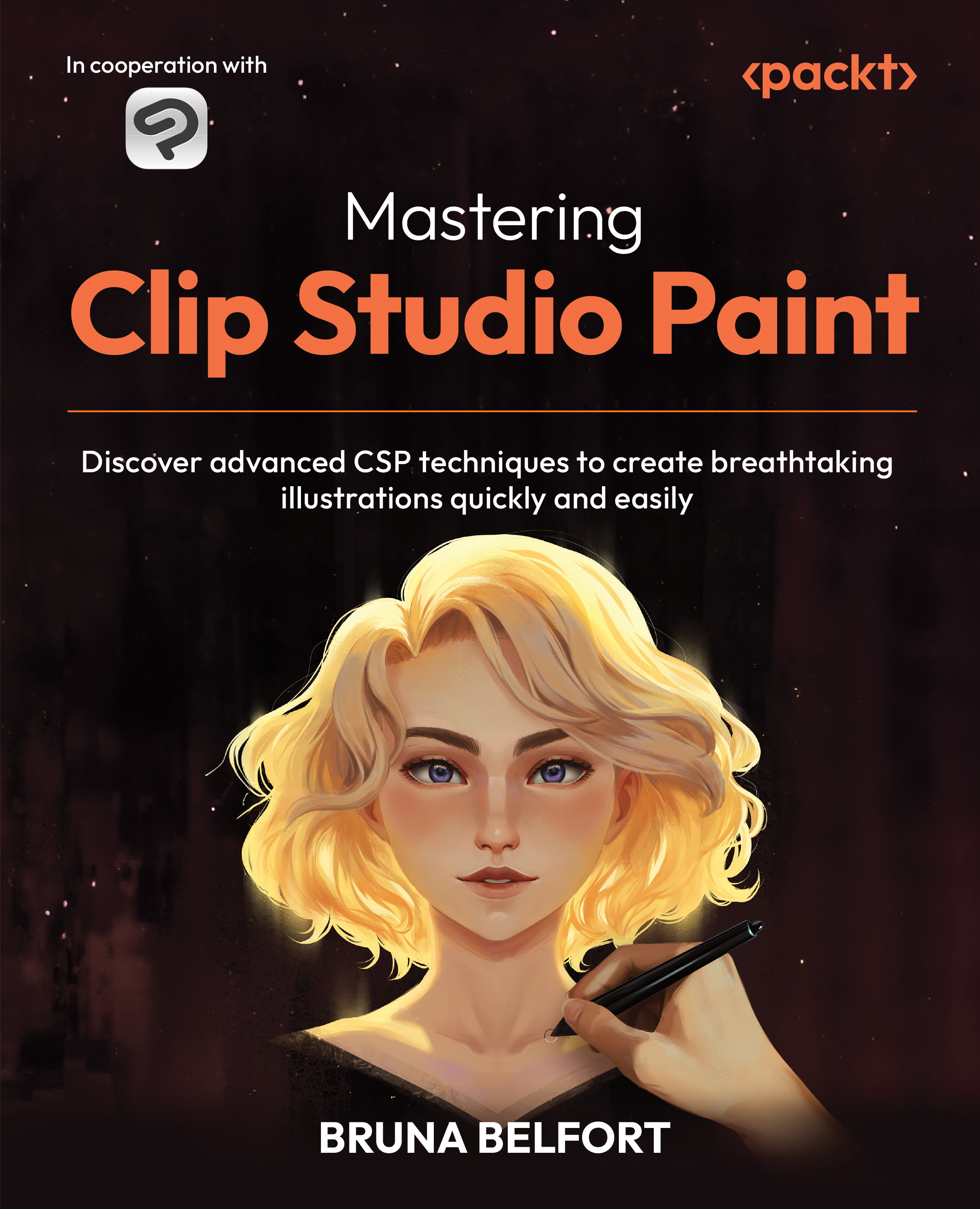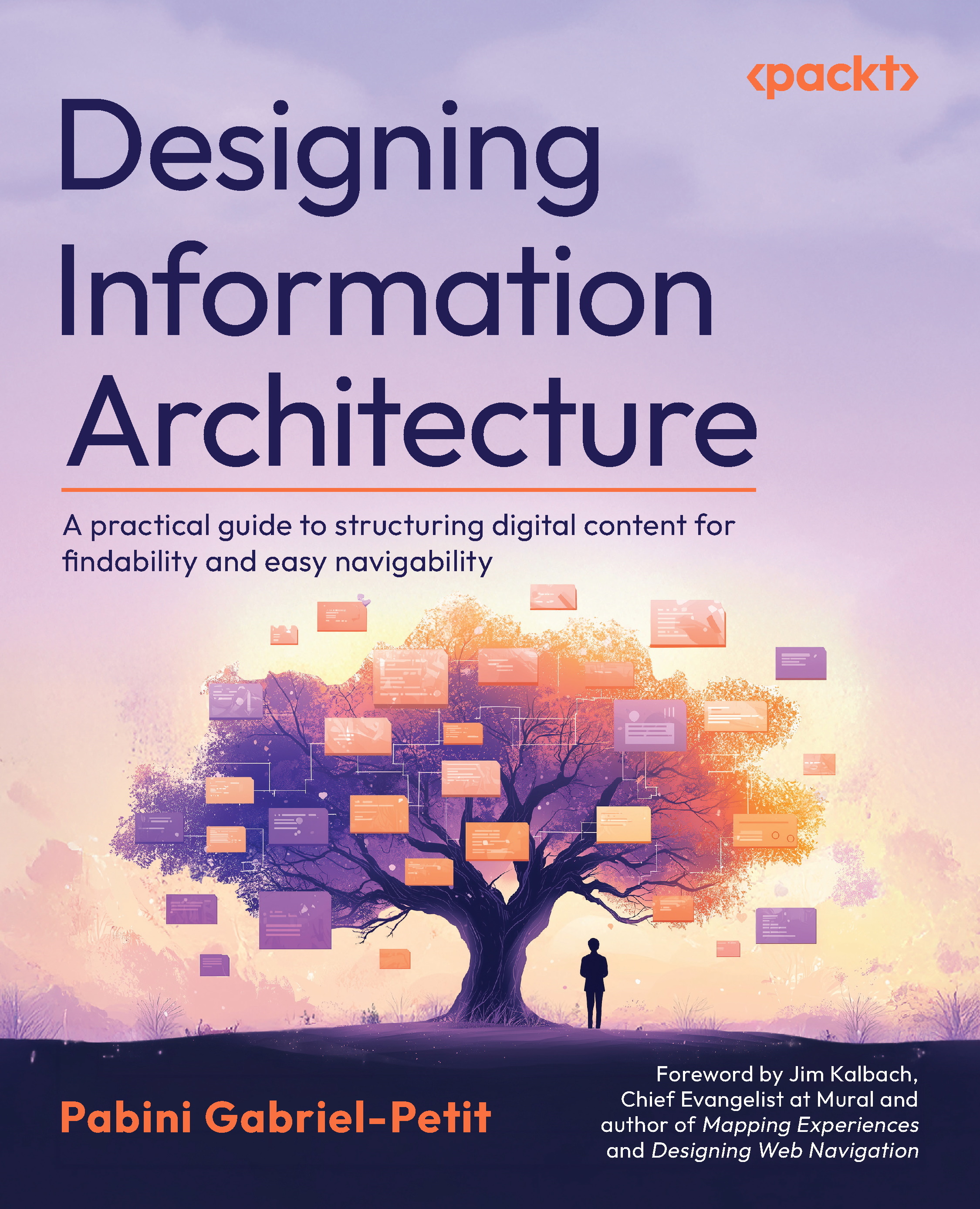Leveraging your management skills
As you transition into your new role, your management skills will come in handy while planning your first presentation. Getting to know your boss, your team, and your organization provides the perfect opportunity to gain an understanding of your presentation audience or evaluators. Additionally, the same goal-setting tools you use to define the direction of your team can be leveraged to create clear and specific objectives for your presentation as well.
This section will guide you through getting to know your audience while also getting to know your organization. Then, you'll work through the process of setting a goal for your presentation.
Knowing your team, knowing your audience
A successful presentation meets the audience's needs and addresses the audience's interests in a way that resonates with them. To deliver a presentation that moves people to action, you have to know your audience.
As a new manager, you have to get to know several internal audiences, and fast! By connecting and interacting with key players in the organization, you can establish your role and gain an understanding of your presentation audience at the same time.
Will you be presenting to internal groups such as your team, your boss, high-level executives, or the board of directors? Will you be presenting to external groups such as customers, clients, or the media? Perhaps you are presenting to some combination of these or other groups.
Chances are, unless you're in a position that involves media or customer relations, most of your presentations will be given to internal audiences. We'll look at three likely internal audiences—your boss, your team, and internal strategic partners—and discuss ways to connect with them. Then, we'll talk about identifying and prioritizing the audiences for this particular presentation.
Every presentation you give in your new role will impact your immediate boss in some way: not only will your boss evaluate your presentation, but your performance will also reflect on them. It is important that you understand your boss's expectations so you can craft a presentation that resonates with them and with other executives.
Find an opportunity to briefly talk with your boss and ask the following questions:
What are your goals for this presentation?
Do you have any requirements or preferences regarding style and delivery?
What do you hate to see in presentations?
Can you describe an example of a strong presentation?
What life will the presentation have beyond the delivery itself?
By understanding your boss's goals, you'll be able to address the issues he or she finds most worthy of discussion. Likewise, avoid anything your boss expressly disapproves of in a presentation.
Connecting with your team
As you get to know your team, listen carefully to their views on meetings and presentations. Ask them about organizational norms for presentations including any formatting or technology requirements. Ask them what they like to see in a presentation and the approaches that best hold their attention. Ask them what kind of examples and illustrations help them to understand and act on information.
Getting to know the rest of the organization
Succeeding in your new position will require an understanding of organizational norms and expectations regarding your role. Your first presentation as a new manager may be the first time members of other departments see you in action. Learning and adhering to the accepted organizational procedure for presentations demonstrates your adaptability, flexibility, and commitment.
Also, observe the culture. Chat with people from other departments about presentations that have been particularly well received, as well as those that have been considered a disaster! Ask if they have any "pet peeves" about ways that presenters from outside their department provide information to them. Seeking the input of those outside your immediate team allows you to quickly build strategic internal partnerships and cement yourself in your new role.
Note
Make a Note
When speaking to an external audience, check for organizational knowledge about the audience by gathering additional information online.
Once you've done the background work of connecting with and getting to know key internal stakeholders, it's time to identify your audience for this specific presentation.
Let's say your boss intends to watch you present to your team about upcoming projects. Your primary audience is your team. The presentation is for their benefit, so you will need to focus on making sure that the content and delivery resonates with them.
Your boss is a secondary audience. While the information isn't for their benefit, they will be listening, observing, and making judgments about how you are performing in your new role. So, it's important to consider their perspective when preparing the presentation.
Let's further assume your presentation will be recorded and sent throughout the organization. This is yet another audience, and a successful presentation should be designed to communicate to this broader group as well.
Use the Presentation Planning Worksheet from the beginning of this chapter to record and prioritize the audiences and uses of this presentation.
 United States
United States
 Great Britain
Great Britain
 India
India
 Germany
Germany
 France
France
 Canada
Canada
 Russia
Russia
 Spain
Spain
 Brazil
Brazil
 Australia
Australia
 South Africa
South Africa
 Thailand
Thailand
 Ukraine
Ukraine
 Switzerland
Switzerland
 Slovakia
Slovakia
 Luxembourg
Luxembourg
 Hungary
Hungary
 Romania
Romania
 Denmark
Denmark
 Ireland
Ireland
 Estonia
Estonia
 Belgium
Belgium
 Italy
Italy
 Finland
Finland
 Cyprus
Cyprus
 Lithuania
Lithuania
 Latvia
Latvia
 Malta
Malta
 Netherlands
Netherlands
 Portugal
Portugal
 Slovenia
Slovenia
 Sweden
Sweden
 Argentina
Argentina
 Colombia
Colombia
 Ecuador
Ecuador
 Indonesia
Indonesia
 Mexico
Mexico
 New Zealand
New Zealand
 Norway
Norway
 South Korea
South Korea
 Taiwan
Taiwan
 Turkey
Turkey
 Czechia
Czechia
 Austria
Austria
 Greece
Greece
 Isle of Man
Isle of Man
 Bulgaria
Bulgaria
 Japan
Japan
 Philippines
Philippines
 Poland
Poland
 Singapore
Singapore
 Egypt
Egypt
 Chile
Chile
 Malaysia
Malaysia

















